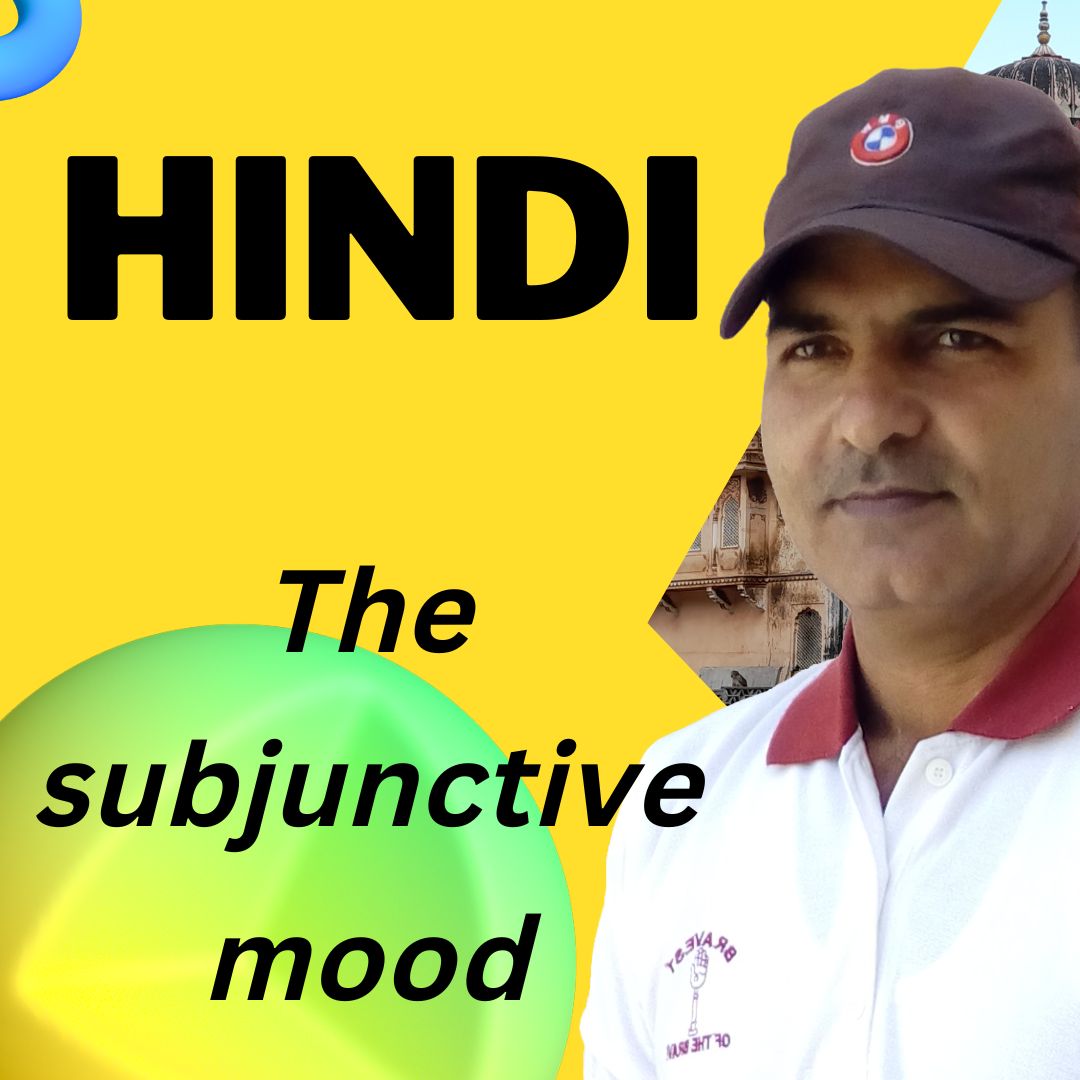
The subjunctive mood in Hindi || Introduction || Examples || Sentences || Subordinate clauses || Conditional clauses || Relative clauses
Описание
Hello Listeners !
Today i gonna introduce you The subjunctive mood verb in Hindi.
Introduction
The subjunctive mood is very common in Hindi.
The titles of many popular movies contain the subjunctive mood, such as:
“जाने तू या जाने न” – “Whether you know it or not”
“कल हो न हो” – “Tomorrow may or may not be”, i.e. there might not be any tomorrow
“रंग दे बसंती” – “Color (me) basanti” (a color signifying a patriotic sacrifice)
If you visit India, you will probably encounter signs that use the subjunctive mood, such as:
“कृपया मंदिर के बहार अपने जूते उतार दें” – “Please remove your shoes outside the temple”
“कृपया रेलिंग से दुरी बनाये रखें” – “Please keep a distance from the railing”
If you fly on an airplane in India, you will hear announcements that use the subjunctive mood, such as:
सभी यात्रियों से निवेदन है कि वे अपनी कुर्सी की पेटी बांध लें – “We request that all passengers fasten their seat belt”
सभी यात्रियों से अनुरोध है कि वे अपना सामान अकेला न छोड़ें – “We request that all passengers not leave their baggage unattended”
You will probably hear some common expressions that involve the subjunctive mood, such as:
जो हो सो हो – “Whatever will be will be”
मैंने उसे सुझाव दिया कि वह वकील से बात करे – I suggested that he talk to a lawyer In the previous example, the verb बात करे is in the subjunctive mood and is in the subordinate clause कि वह वकील से बात करे. It is “unreal” because it is a suggestion, not an actual event.
उसने मुझे बताया कि उसने वकील से बात की In the previous example, the indicative verb बात की was used because the speaker is describing an actual event.
Hope you enjoying this episode. I will try to cover maximum possibilities of subjunctive mood in coming episodes. Thank you.
#Introduction #Examples #Sentences #Subordinate_clauses #Conditional_clauses #Relative_clauses
Канал подкастов
Hindi Station Of India
Автор
Все выпуски

Entre películas y amigos (con transcripción)

Cita con el Español - Ep.2

Episodio 4: Introducción a Argentina

Histoire 49 - Charlotte la marmotte

🔞Забавные идиомы, которые я люблю 18+. Funny Russian Expressions 🔞

Frases para o uso de meios de transporte em Português

What are your speaking goals?

3 Useful Phrases for IELTS Speaking Part 1, 2 and 3. Listen now.
Популярные выпуски

Inspirando a principiantes: Audios para nivel A2
Entre películas y amigos (con transcripción)

Cita con el Español
Cita con el Español - Ep.2

Español muy muy fácil
Episodio 4: Introducción a Argentina

Des Milliers D'histoires
Histoire 49 - Charlotte la marmotte

Russian with Irina
🔞Забавные идиомы, которые я люблю 18+. Funny Russian Expressions 🔞

Portuguese Drops
Frases para o uso de meios de transporte em Português

Job Interview Preparation | CEO Interview Strategies From Diverse Business Sectors!
What are your speaking goals?

IELTS-SPEAKING 8-9 BAND IS POSSIBLE. DAILY SPEAKING PRACTICE PART 1,2 & 3. Listen daily.
3 Useful Phrases for IELTS Speaking Part 1, 2 and 3. Listen now.